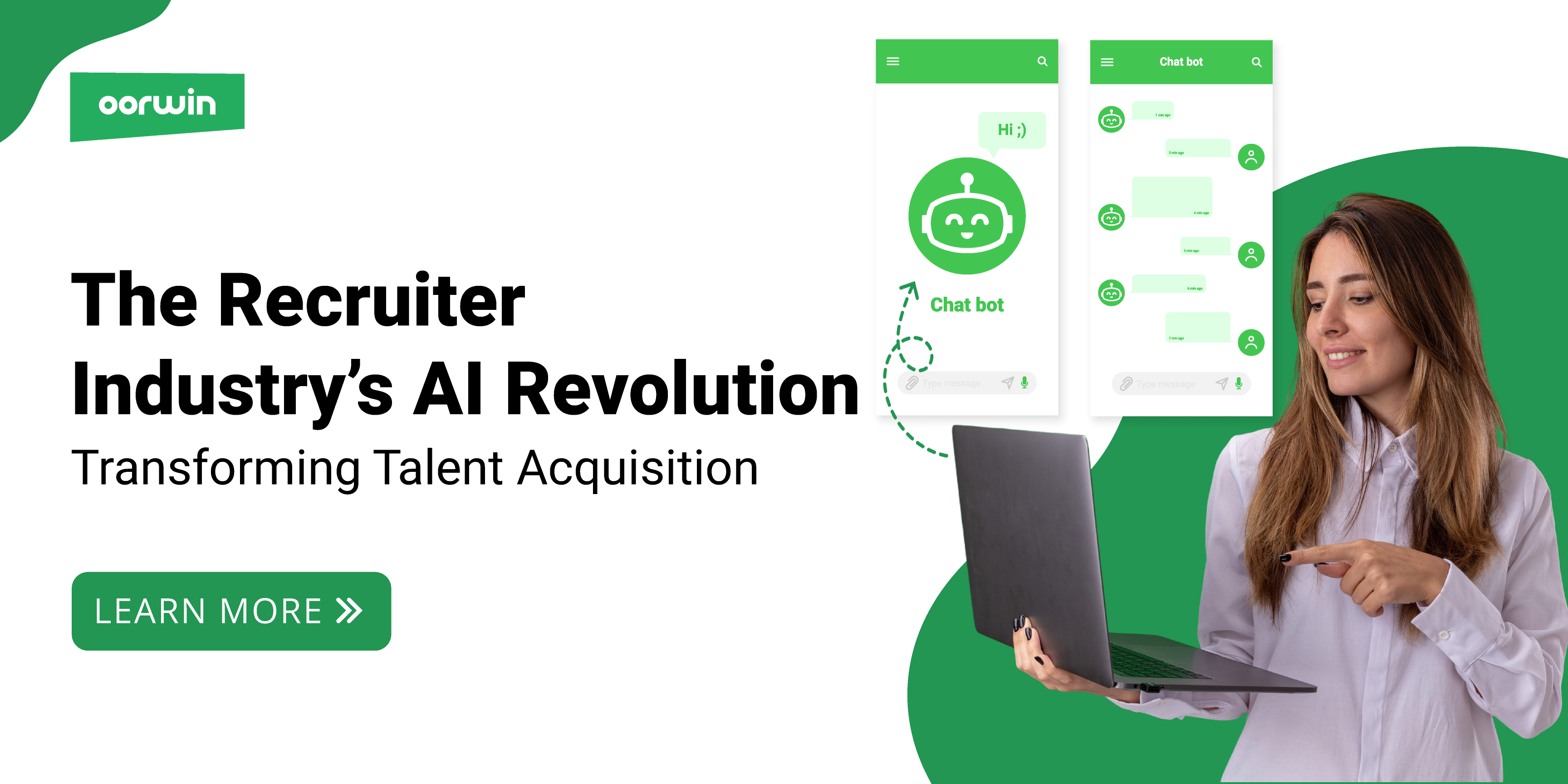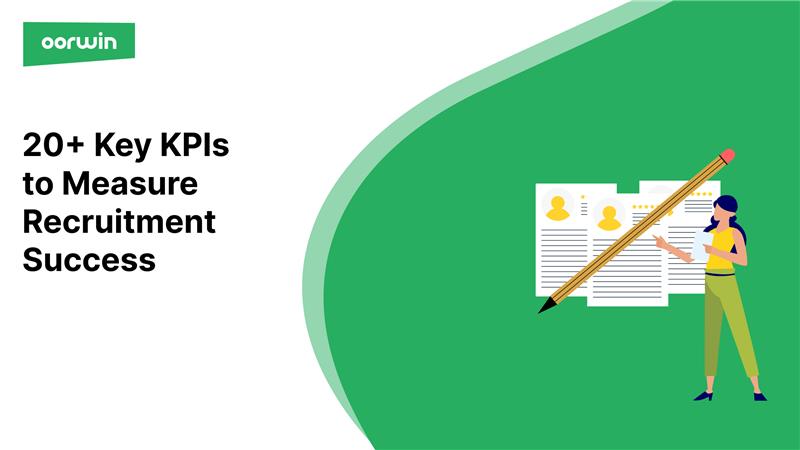In today’s highly competitive hiring landscape, mastering the interview process is critical for acquiring top talent. Whether you’re a seasoned recruiter or new to the hiring field, using a smart recruitment platform like Oorwin can significantly improve your outcomes. This step-by-step guide shows how to harness Oorwin’s AI-driven tools to streamline your interview process—from candidate preparation and structured interviewing to final evaluation and follow-up. With actionable insights and smart workflows, you’ll gain confidence in making unbiased, data-backed hiring decisions.
 Step 1: Prepare for the Interview with Oorwin
Step 1: Prepare for the Interview with Oorwin
Great interviews begin long before the conversation starts. A strong foundation in preparation drives successful outcomes. Using Oorwin’s platform, recruiters can improve both efficiency and consistency.
Review Candidate Materials and the Job Description
Before the interview, dive into the candidate’s resume, cover letter, and professional history. Understanding their background in relation to the role allows for more meaningful conversations. Research indicates that interviewers who thoroughly review candidate documents tend to conduct higher-quality interviews.
Examine the job description again with fresh eyes. Highlight core skills and necessary experience to create a checklist that guides your interview. Oorwin’s intelligent resume parser simplifies this step by extracting qualifications automatically, saving time while maintaining accuracy.
Use Oorwin’s Candidate Insights for Targeted Prep
With Oorwin’s AI capabilities, recruiters can assess candidate fit beyond resumes. The AI Fit Score evaluates both technical and interpersonal skills based on your organization’s historical hiring data.
This helps surface potential skill gaps or unique strengths. Instead of relying on generic questions, you can craft inquiries that probe into critical areas. Oorwin also ranks candidates by relevance, allowing your team to prioritize the top contenders for interviews.
Create a Structured Interview Plan
Unstructured interviews often lead to bias and inconsistencies. Oorwin supports structured interview planning, enabling recruiters to prepare focused questions and objective evaluation criteria.
A good plan should:
-
Align with the job’s key responsibilities
-
Include behavioral and situational questions
-
Incorporate role-specific technical assessments
Documenting standardized scoring systems ensures fairness and helps mitigate unconscious bias across all interviews.
Proper preparation with Oorwin’s platform builds a strong framework for consistent, data-informed interviewing that leads to better talent selection.
Step 2: Set Up a Professional Virtual Interview Space
In the era of hybrid and remote work, virtual interviews are the new norm. According to a 2021 Indeed survey, over 90% of companies planned to maintain remote interviews after the pandemic. Creating the right environment enhances professionalism and candidate experience.
Choose a Reliable Video Platform
Pick a stable and feature-rich video platform that integrates with your hiring workflow. Popular options include:
-
Zoom: User-friendly and widely adopted
-
Microsoft Teams: Best for Office 365 users
-
Google Meet: Seamless with Google Workspace
-
WebEx: Strong enterprise-grade security
Use Oorwin’s integration tools to streamline scheduling and candidate communication within your preferred platform. Ask for a demo to see how Oorwin enhances your video interview coordination.
Check Equipment and Network Stability
Technical issues during interviews create a poor impression. Use a high-quality microphone and webcam setup. Your camera should be positioned at eye level for optimal engagement. Avoid noisy environments or echo chambers.
Ensure your internet connection is stable—preferably via Ethernet for best performance. Run equipment tests at the interview time to verify lighting and network quality.
Optimize Your Background and Lighting
Your visual setting speaks volumes about your professionalism. Choose a neutral background, like a tidy bookshelf or a blank wall, and ensure your face is well-lit. Natural lighting is best, but a ring light or desk lamp works well too.
Notify your team or housemates of your schedule to minimize interruptions. Consider noise-canceling headphones for improved audio clarity.
By taking these small but vital steps, you foster a professional, distraction-free space that sets the tone for successful remote interviews.
Step 3: Conduct the Interview with Proven Techniques
With prep and setup complete, it’s time to focus on interview execution. The techniques you use will determine the depth of insight you gain into each candidate’s potential.
Start with a Clear Interview Agenda
Begin by greeting the candidate warmly and explaining the format of the interview. A clear structure reduces anxiety and promotes open dialogue.
Share the following up front:
-
Names of interviewers
-
Interview length
-
Topics you’ll cover
-
Time for the candidate to ask questions
This framework fosters transparency and sets expectations, making the interaction more productive.
Ask Behavioral and Open-Ended Questions
To evaluate competencies, go beyond standard questions. Behavioral interviewing helps uncover how a candidate acts in real scenarios.
Use the STAR method for framing:
-
Situation – Context of a past experience
-
Task – Responsibilities in that context
-
Action – Steps they took
-
Result – Outcome of their actions
Open-ended questions provide insights into problem-solving and communication styles. Candidates feel encouraged to share meaningful stories that reveal their true potential.
Pay Attention to Non-Verbal Cues
Body language reveals important social and professional signals. Look for posture, gestures, tone, and facial expressions. In virtual settings, eye contact and upper-body engagement matter most.
Candidates who lean in and maintain natural eye contact tend to appear more engaged. Observe how they listen and respond—these cues help assess cultural and interpersonal fit.
Document Key Insights Using Oorwin’s Tools
Use Oorwin’s interface to take structured notes in real time. The system allows you to tag observations by skill type or job criteria.
After the interview, compare notes against predefined benchmarks. Keeping objective records leads to more equitable decisions and simplifies team discussions.
Step 4: Evaluate Candidates and Communicate Next Steps
Post-interview steps are just as crucial as the conversation itself. Objective evaluation and prompt follow-up leave lasting impressions on candidates.
Use Oorwin’s AI-Powered Evaluation System
Move away from gut-feeling hiring. Oorwin enables recruiters to use standardized interview scorecards, which evaluate technical skills, soft skills, and cultural fit in a consistent way.
This reduces the impact of subjectivity and personal bias. According to research, 38% of hiring decisions are still made based on instinct, a number Oorwin helps lower by focusing on structured data.
Compare Candidates Objectively
Group evaluation reduces individual bias. Encourage team members to complete their assessments independently before discussing final impressions.
Oorwin aggregates candidate rankings and uses algorithmic matching to highlight top fits based on job relevance. This promotes fairness and enhances the quality of hires.
Send Timely Follow-Up Emails
Timely communication is essential—yet often neglected. Studies show that over 40% of candidates feel negatively about a company if they don’t hear back post-interview.
Send follow-ups within 24–48 hours. For selected candidates, offer clarity on next steps and timelines. For others, share constructive feedback if possible.
This process builds goodwill, preserves your employer brand, and keeps your talent pool warm for future opportunities.
Conclusion: Elevate Hiring with Smart, Structured Interviews
Interviews shouldn’t be left to intuition. With the right strategy and tools, your process can become a powerful system for identifying top talent consistently.
Oorwin’s AI-powered features empower recruiters to:
-
Prepare thoroughly with resume parsing and Fit Scores
-
Conduct structured, high-value interviews
-
Evaluate candidates using fair, data-driven scorecards
-
Communicate effectively and strengthen brand perception
By adopting structured interview methods, you reduce bias, improve team collaboration, and enhance hiring accuracy.
Mastering these techniques takes practice—but with Oorwin, you’re not alone. You get the insights, automation, and consistency needed to build a high-performing workforce.
💡 Ready to transform your hiring process?
Request a personalized demo of Oorwin today and experience smarter recruiting firsthand.
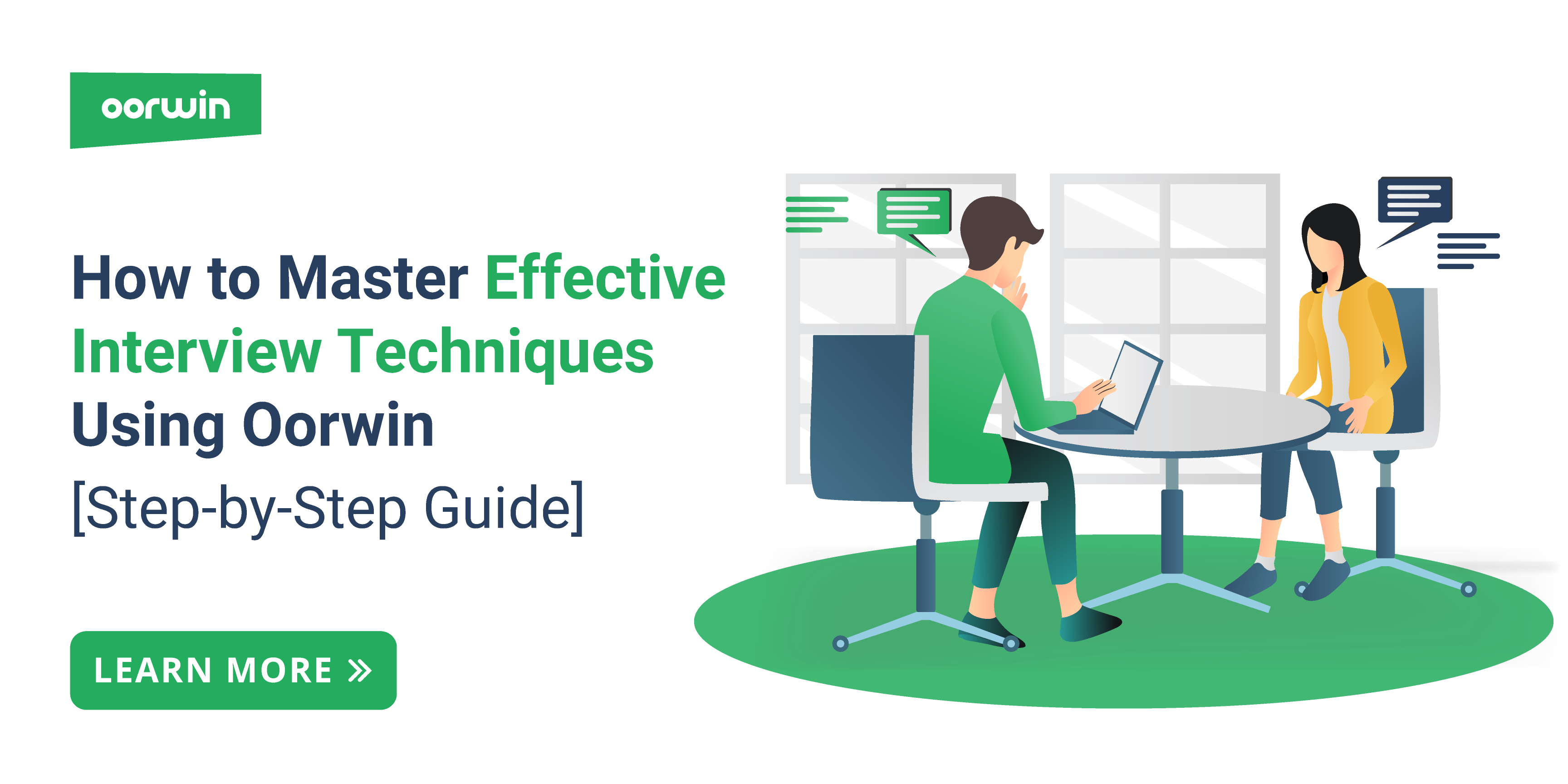

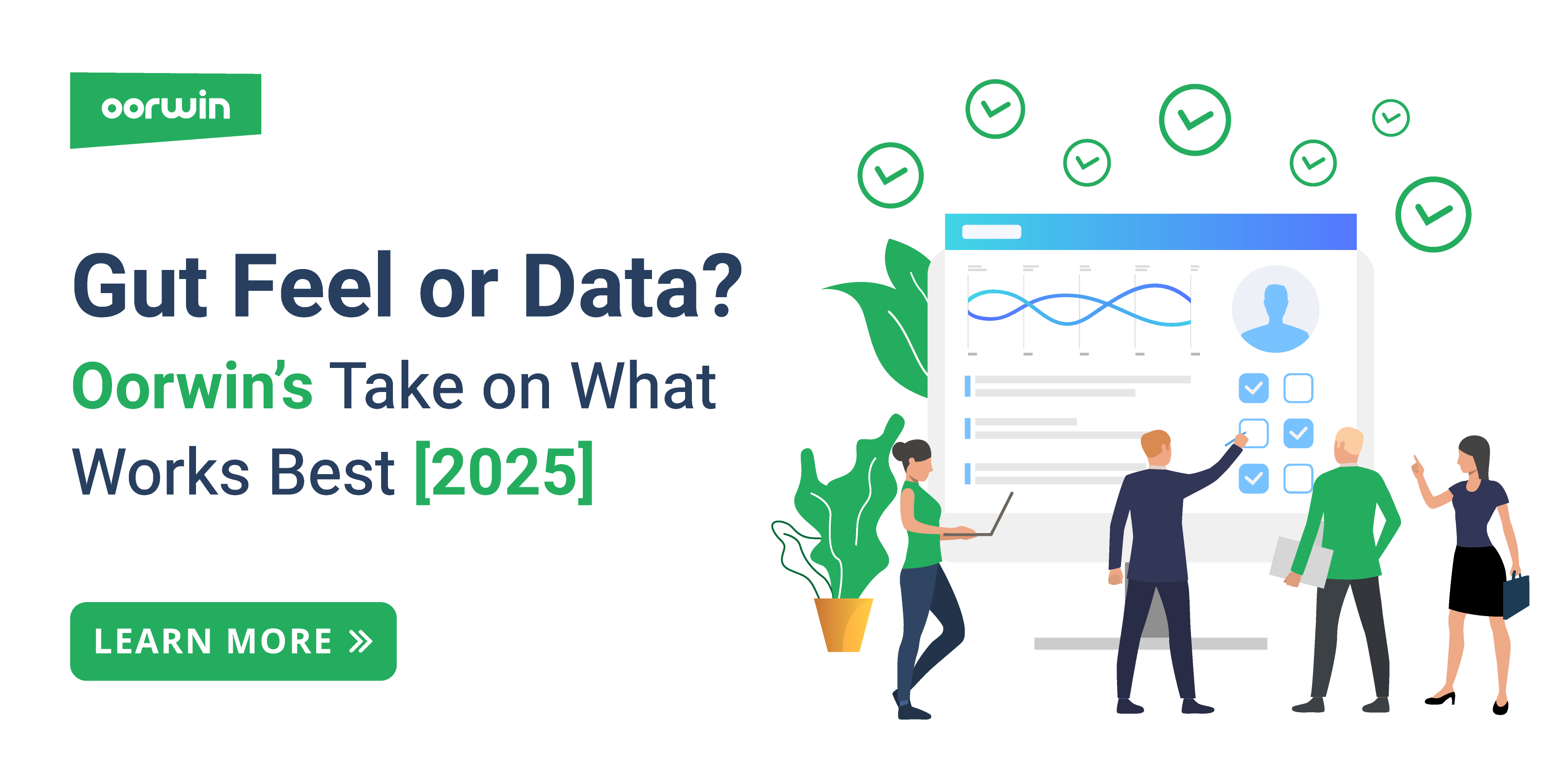


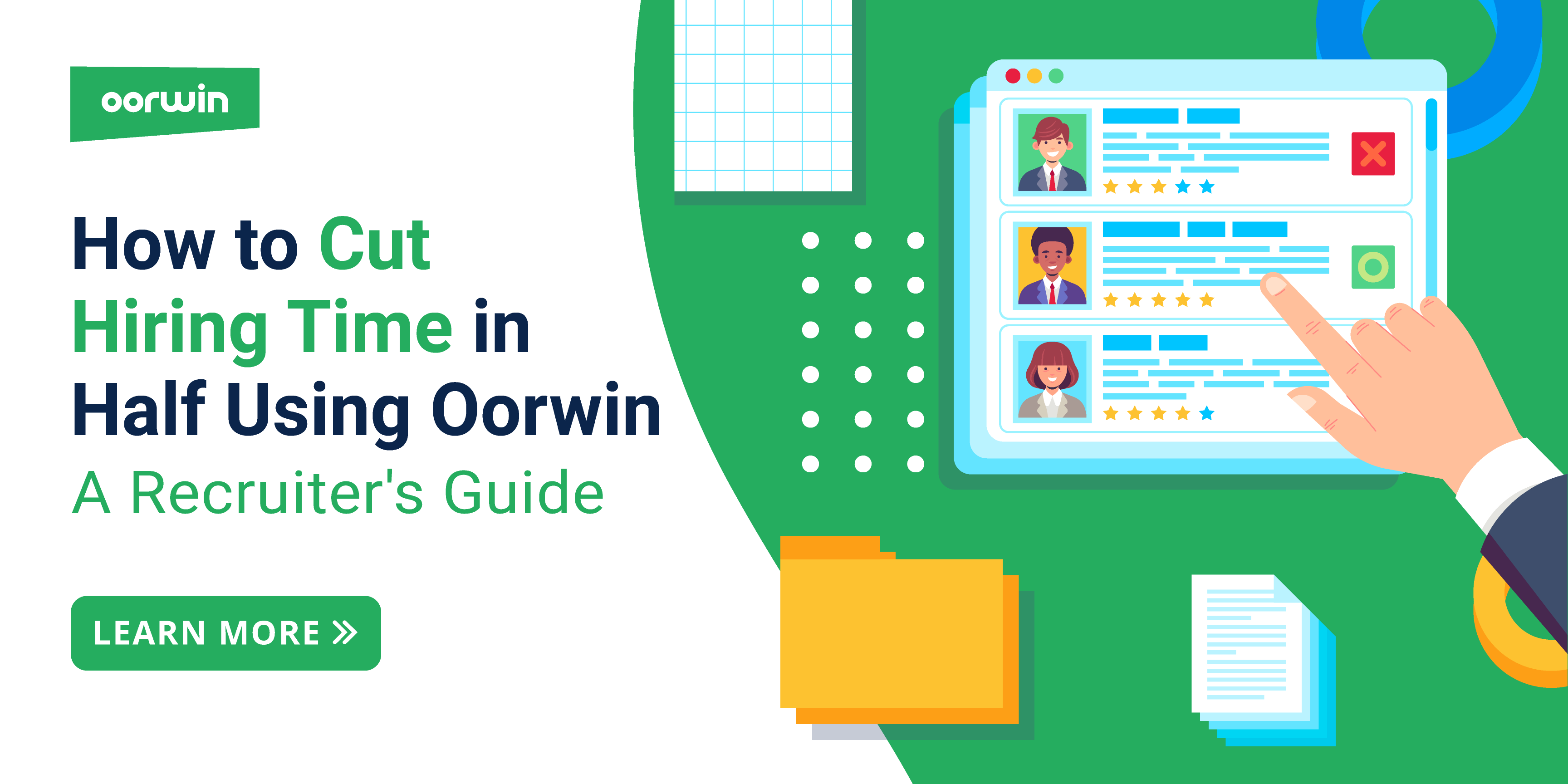

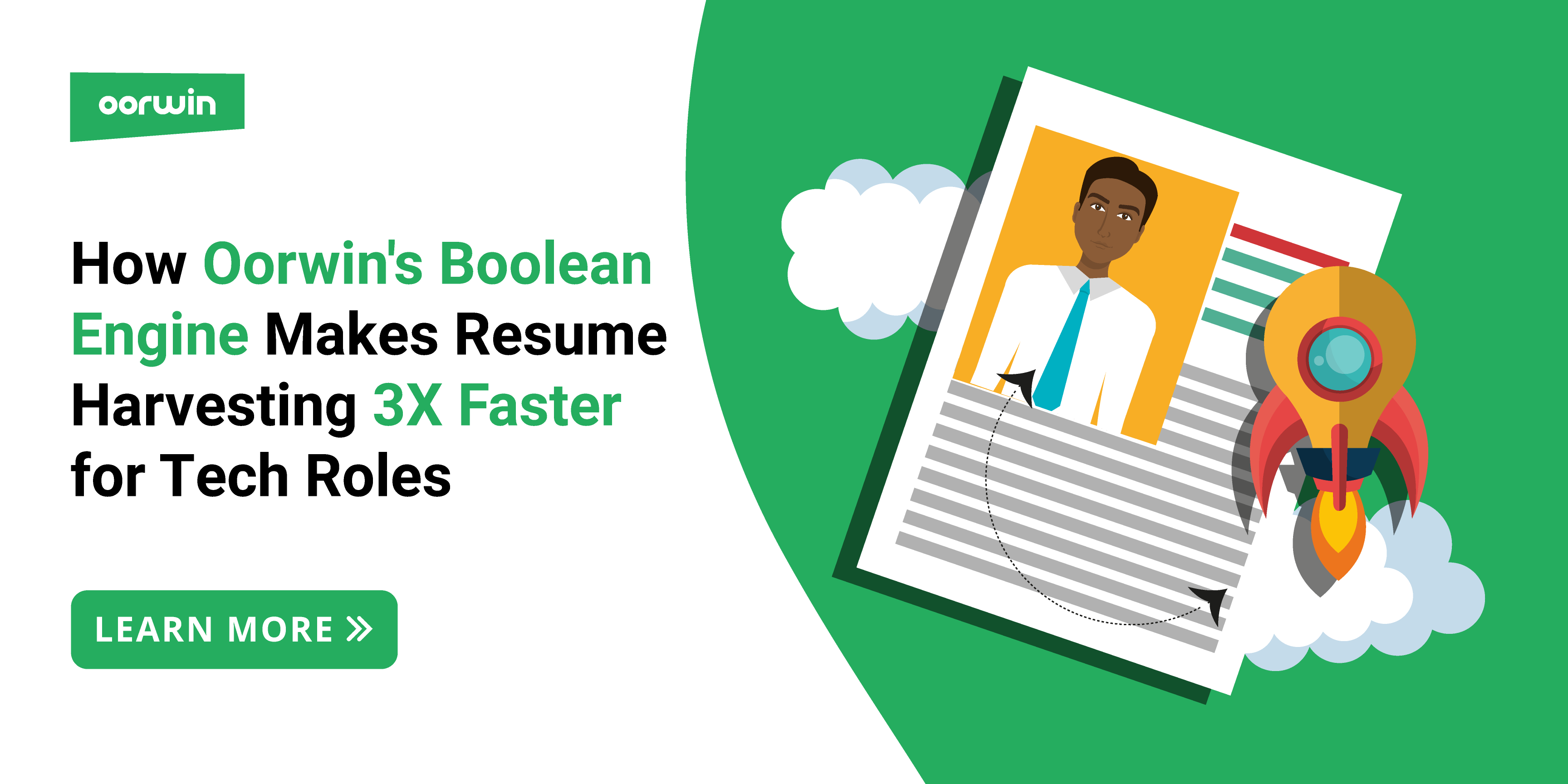





![How to Master Candidate Tracking System Campaigns [2025 Guide]](https://oorwin.com/wp-content/uploads/2025/04/POST-OORWIN.png)


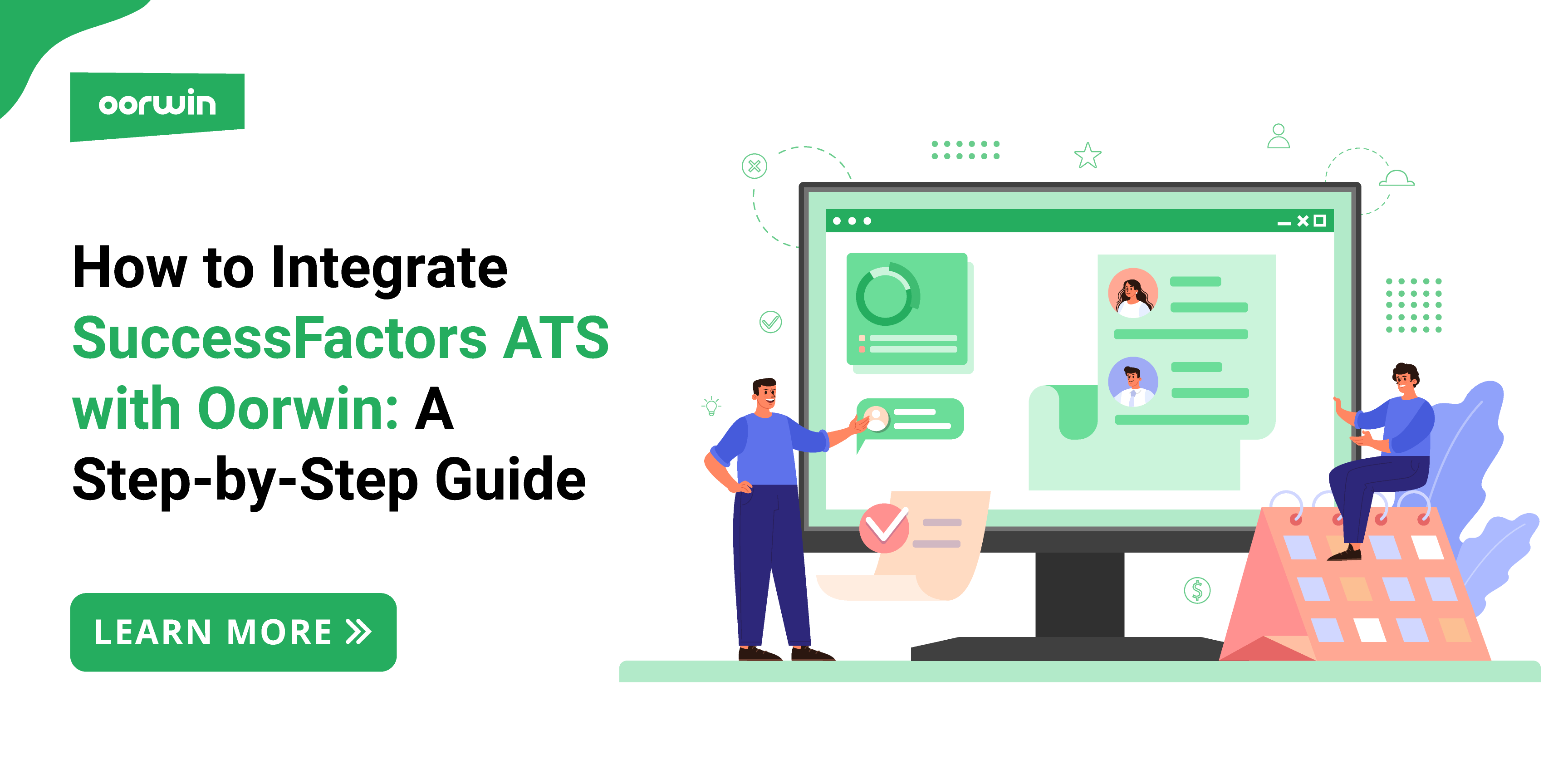


![The Essential Metrics for Recruiters: What Actually Drives Hiring Success [2025 Guide]](https://oorwin.com/wp-content/uploads/2025/03/Post-Oorwin-3.1.png)


